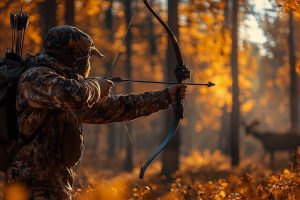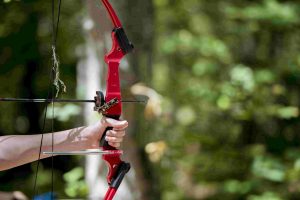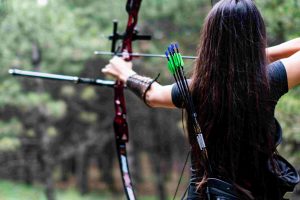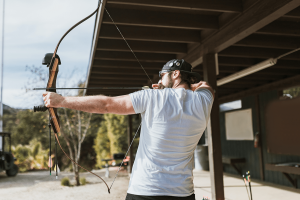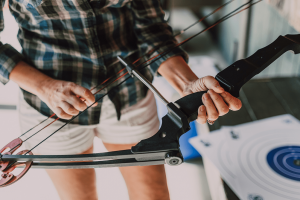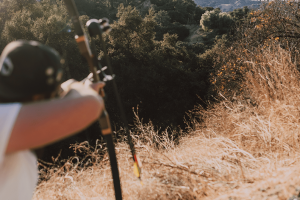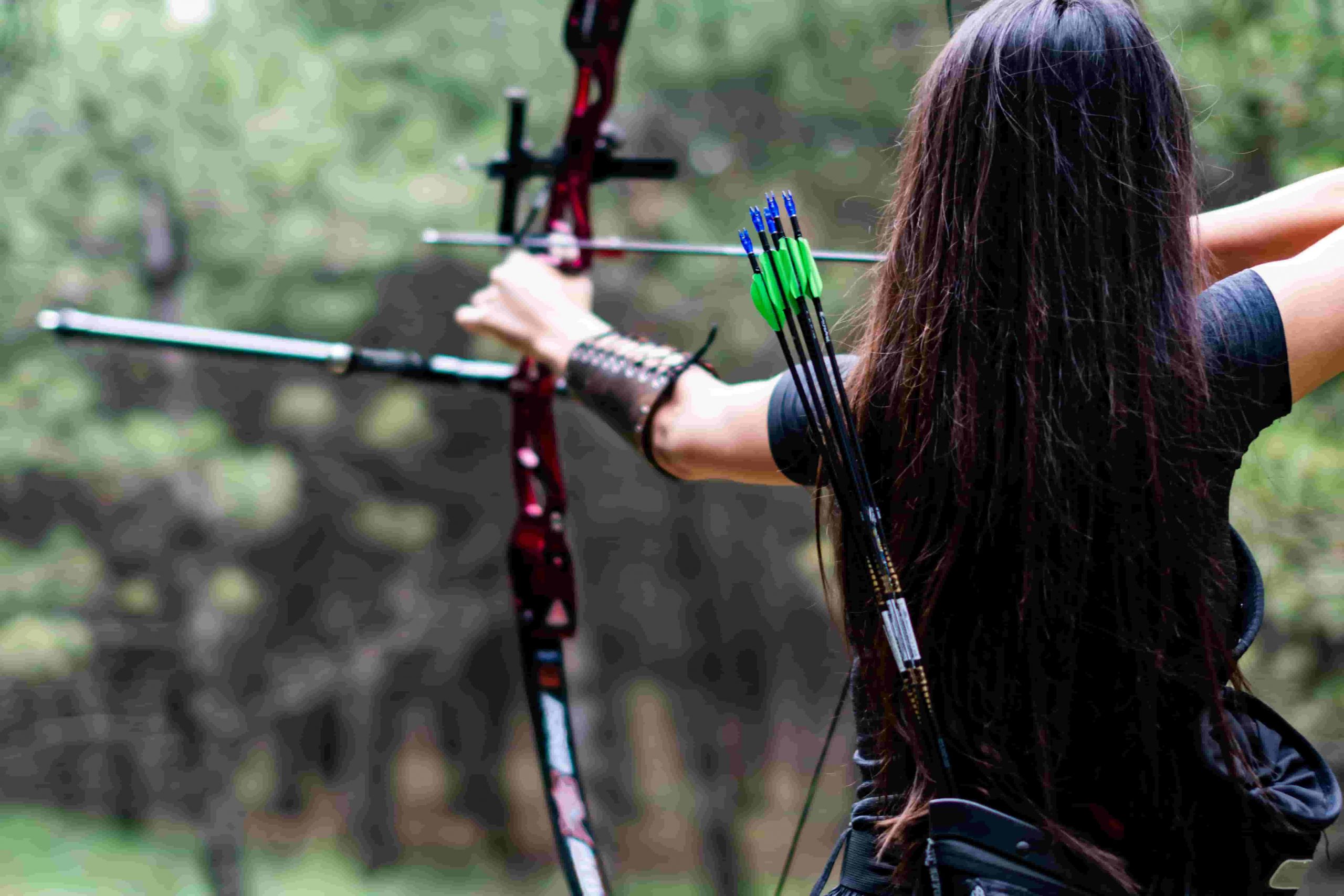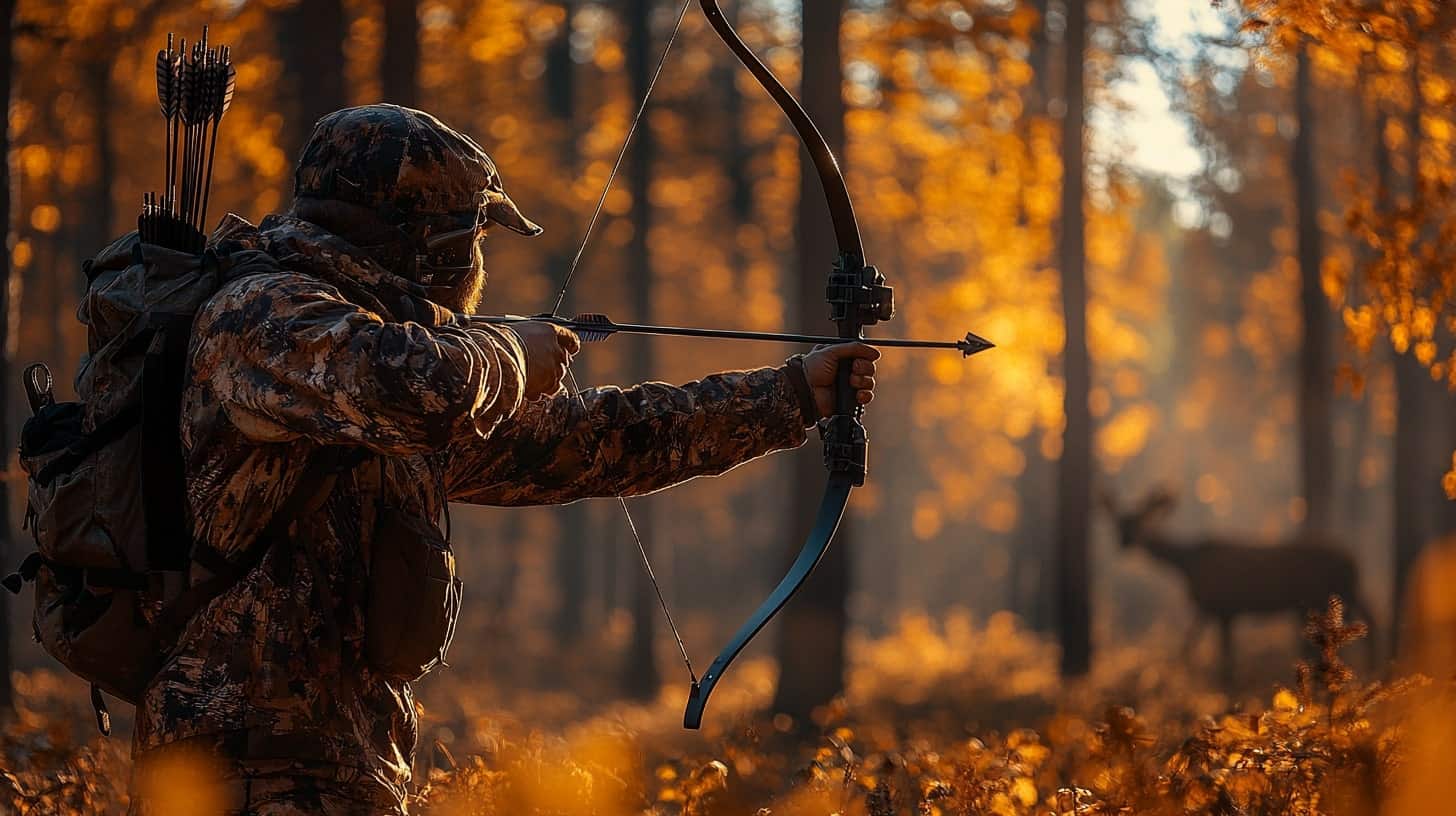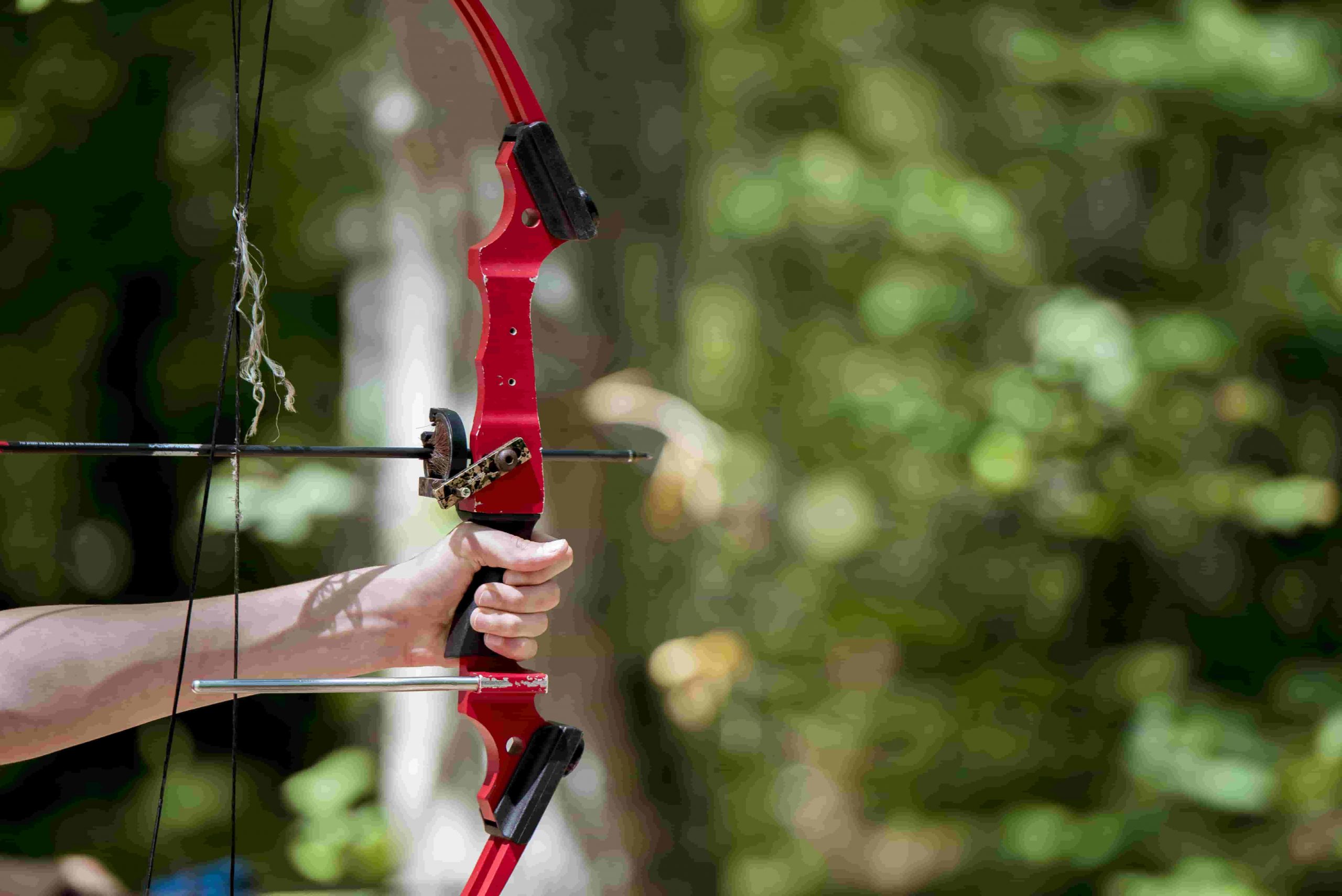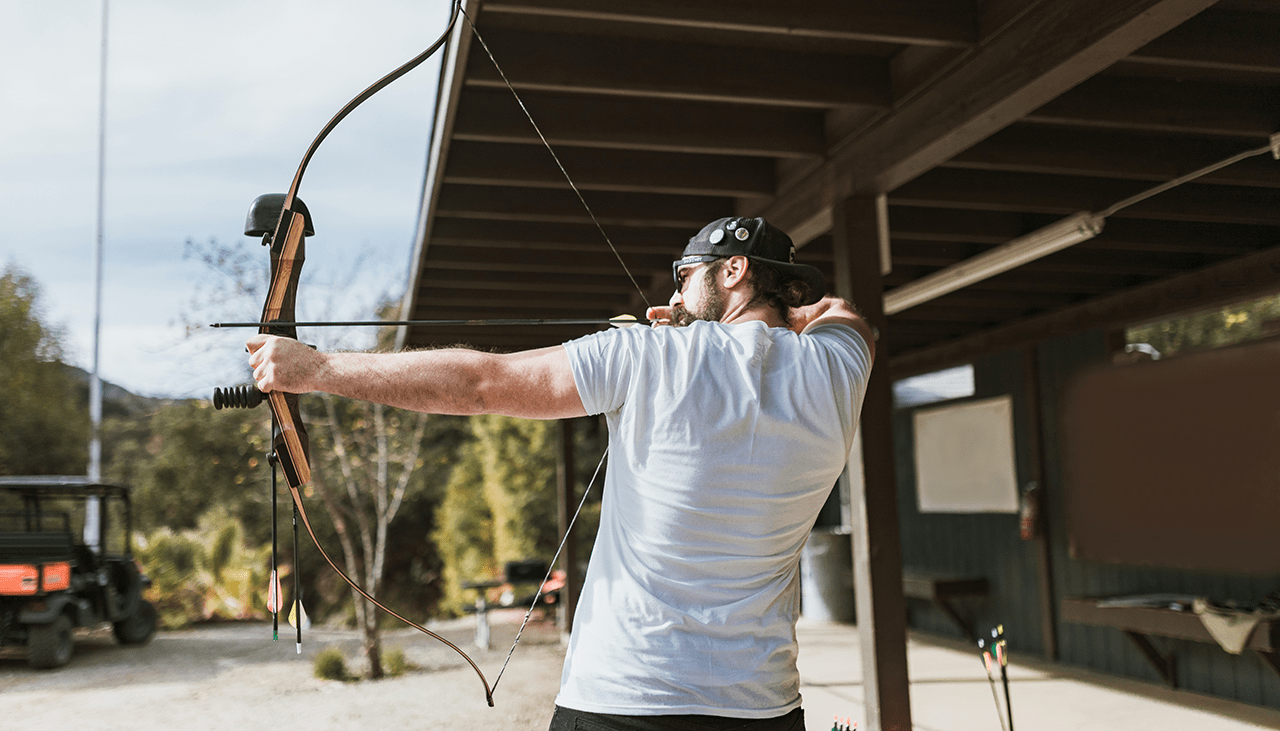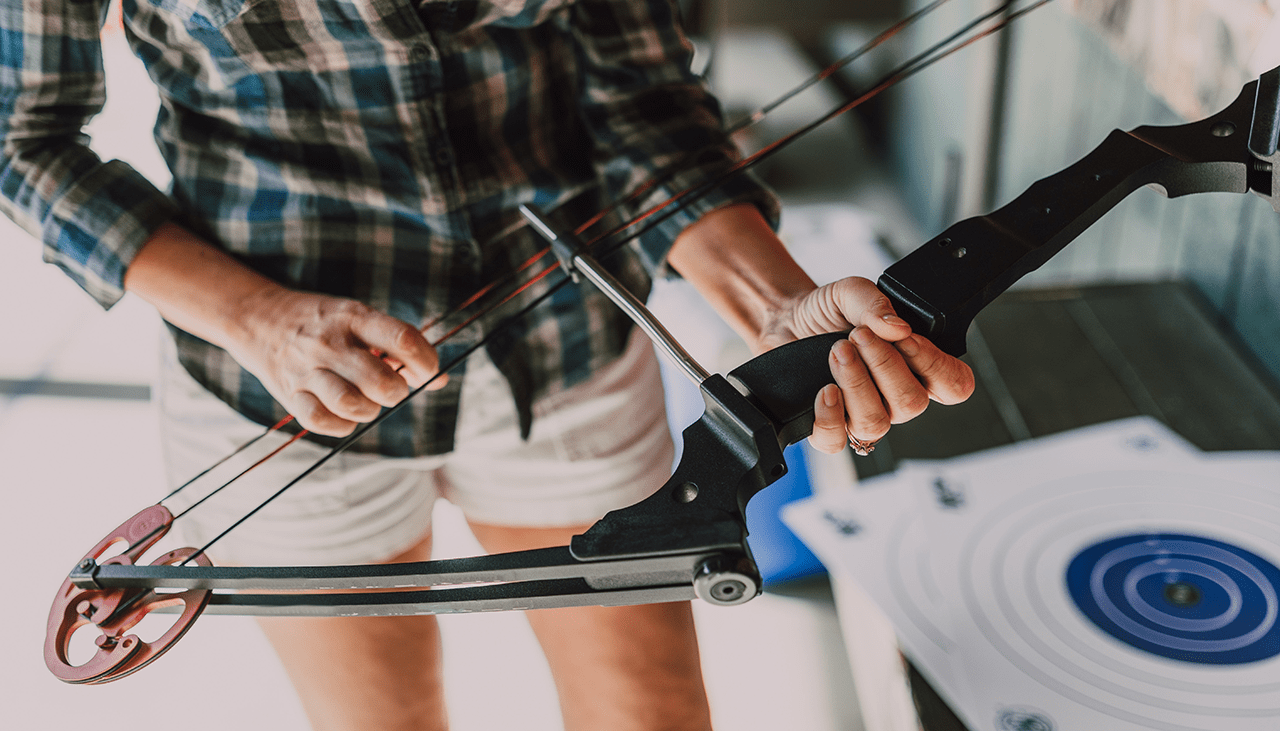Bowhunting is more than just a sport; it’s an art that requires skill, patience, and a deep understanding of wildlife. For those who are passionate about the outdoors and the thrill of the hunt, mastering advanced bowhunting techniques can transform an ordinary hunt into an extraordinary experience. This comprehensive guide is designed to equip bowhunters, outdoor enthusiasts, and wildlife photographers with the knowledge they need to elevate their hunting game. Whether you’re a seasoned hunter or new to the field, these insights will help you hone your skills and increase your chances of a successful hunt.
Introduction to Advanced Bowhunting Setting the Scene
In bowhunting, the thrill of the chase is matched only by the satisfaction of success. But achieving that success requires more than just luck; it demands expertise and preparation. Advanced bowhunting techniques can significantly enhance your hunting experience, offering a blend of tradition and innovation that keeps the sport exciting and challenging.
The purpose of this blog is to provide bowhunters with actionable insights into advanced techniques that will help them improve their hunting skills. By understanding the intricacies of gear selection, wildlife behavior, and shooting precision, hunters can make informed decisions that lead to more successful hunts. Additionally, we’ll explore the ethical considerations of hunting, ensuring that every hunter respects the natural world they engage with.
Throughout this post, you’ll discover strategies and tips that cater to your unique interests as a bowhunter or outdoor enthusiast. From selecting the right equipment to mastering the art of stealth, each section is designed to guide you on your journey to becoming a more proficient and ethical hunter.
Gear and Equipment Selection The Tools of the Trade
The foundation of any successful hunt lies in the gear and equipment a hunter chooses. Advanced bowhunting requires a deep understanding of the tools at your disposal, as well as how to select the right ones for your specific needs. Whether you’re hunting deer or elk, having the right gear can make all the difference.
Selecting the right bow is the first step. Consider factors such as draw weight, length, and style (compound, recurve, or longbow) to ensure your bow suits your hunting style and physical capabilities. Modern compound bows offer a blend of power and precision, making them popular among advanced hunters. However, traditional bows can offer a rewarding challenge for those seeking a more authentic experience.
Arrows are equally important. Choose arrows that match your bow’s specifications in terms of spine and length. Broadheads should be sharp and chosen based on the game you’re hunting. Mechanical broadheads offer accuracy, while fixed-blade broadheads provide reliability. Don’t forget the importance of a well-fitted release aid, which can improve your shooting accuracy and consistency.
Understanding Wildlife Behavior Insight into Your Prey
A successful hunt isn’t just about skill; it’s about understanding your prey. Advanced bowhunters know that studying wildlife behavior is crucial to predicting movements and anticipating actions. This knowledge allows hunters to position themselves strategically and increase their chances of a successful shot.
Begin by learning about the habits and habitats of the animals you’re targeting. Different species have distinct patterns, feeding times, and preferred environments. Deer, for instance, are known for their crepuscular activity, being most active during dawn and dusk. Elk, on the other hand, might roam higher altitudes and have different migration patterns.
Observation is key. Spend time in the field without your bow, simply watching and learning. Notice how animals interact with their environment, respond to sounds, and move through their territory. Trail cameras can also provide invaluable insights, capturing movements and times when animals frequent certain areas.
Advanced Stealth and Stalking Techniques Getting Closer Undetected
Stealth is an art form in bowhunting. Getting close to your prey without being detected requires patience, skill, and an understanding of how to move through an environment without disturbing it. Advanced stalkers know how to blend into their surroundings and approach prey with minimal disturbance.
Start by mastering the art of movement. Move slowly and deliberately, placing each foot carefully to avoid making noise. Use the terrain to your advantage—natural features like trees, shrubs, and rocks can provide cover as you approach your target. Wear camouflaged clothing that matches your environment to reduce visibility.
Wind direction is another critical factor. Always approach your prey from downwind, ensuring that your scent isn’t carried towards them. Use scent eliminators to mask your presence further. Additionally, learn to read animal body language. If your target seems spooked or alert, pause and assess the situation before proceeding.
Advanced Shooting Techniques Accuracy and Precision
Hitting your target accurately is the culmination of all your preparation and skill. Advanced shooting techniques can significantly improve your accuracy and precision, turning a good hunter into a great one. Focus on refining your form, timing, and aim to hit your mark consistently.
Proper form is the foundation of accurate shooting. Ensure your stance is stable, with feet shoulder-width apart and knees slightly bent. Your grip on the bow should be relaxed, allowing for a smooth release. Practice drawing the bowstring to the same anchor point each time, maintaining consistency in your shots.
Timing is everything. Advanced hunters know when to take the shot by observing the animal’s behavior and waiting for the perfect moment. Patience is crucial—rushing a shot can lead to missed opportunities. Use a rangefinder to determine distances accurately and practice shooting at varying ranges to build confidence.
Navigating Challenging Terrains Strategies for Success
Hunting often takes place in diverse terrains, each with its unique challenges. Advanced bowhunters must adapt their strategies to the environment they’re in, whether it’s dense forests, open plains, or rugged mountains. Knowing how to navigate these terrains can greatly impact your hunting success.
In dense forests, visibility is limited, and movement can be restricted. Use natural paths and clearings to move quietly and maintain line of sight. In open plains, finding cover can be challenging, so use terrain features like hills and valleys to your advantage. Mountains require physical endurance and careful planning; pay attention to elevation changes and weather conditions.
Preparation is key. Study maps and scout the area before your hunt to familiarize yourself with the terrain. Adapt your gear to suit the environment, such as wearing lightweight boots for plains or sturdy hiking boots for mountainous regions. Always carry essential safety gear and a GPS device for navigation.
Safety and Ethical Hunting Practices Respecting Nature
Advanced bowhunters understand the importance of safety and ethical hunting practices. Respecting nature and the wildlife you’re pursuing is paramount. By adhering to ethical guidelines, hunters can ensure the sustainability of the sport for future generations and maintain a positive relationship with the environment.
Safety should always be a top priority. Carry a first aid kit and know basic wilderness survival skills. Inform someone of your hunting plans and expected return time. When handling a bow, practice safe shooting techniques and never draw a bow unless you’re ready to shoot.
Ethical hunting involves respecting hunting seasons and bag limits, ensuring that you’re not overharvesting or disrupting ecosystems. Practice conservation by leaving no trace—pack out what you pack in and minimize your impact on the environment. Show gratitude for the opportunity to hunt by respecting the animals and their habitats.
Conclusion Continuous Learning and Improvement in Bowhunting
In the world of bowhunting, there’s always room for growth and improvement. Advanced hunters know that success isn’t just about the techniques they’ve mastered, but also about the continuous pursuit of knowledge and skill development. By integrating the insights shared in this guide, you’ll find yourself better equipped to face the challenges of each hunt.
Remember that each hunting experience is unique, providing valuable lessons and memories. Whether you’re a seasoned bowhunter or just starting, the principles of preparation, patience, and respect for nature remain constant.
For those eager to deepen their understanding and refine their skills, consider seeking guidance from experienced hunters or enrolling in advanced bowhunting courses. By committing to continuous learning, you’ll enhance your proficiency and contribute to the preservation of bowhunting as a revered and respected tradition.

